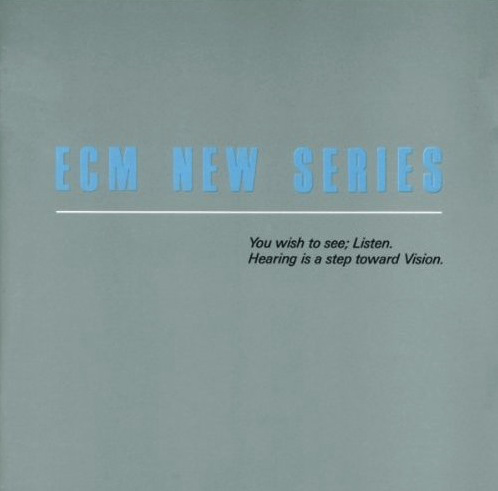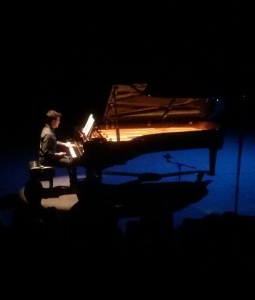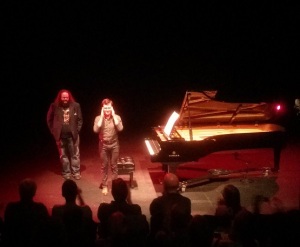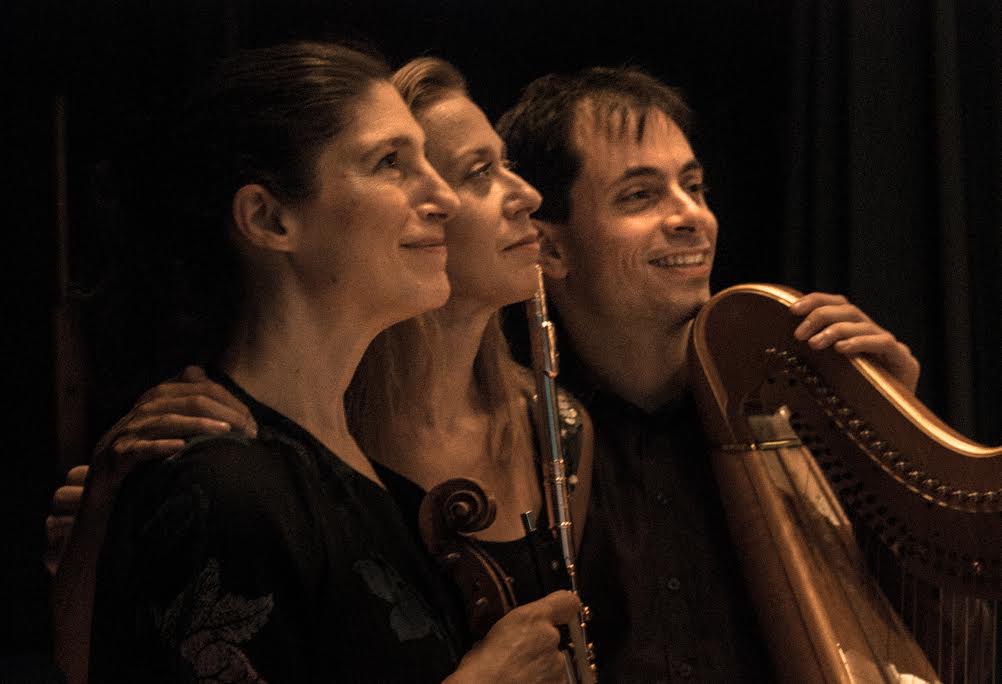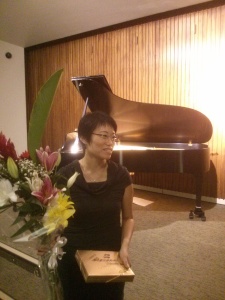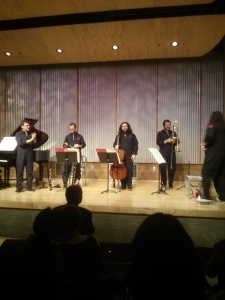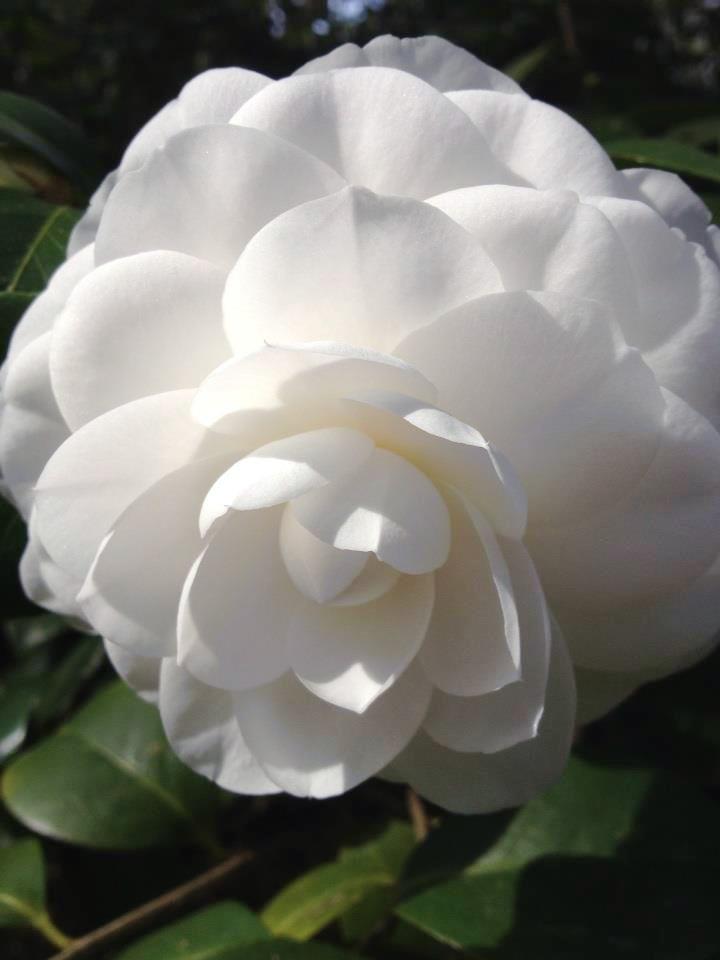 Next to the early and unlikely appearance of Mr. Eliot’s cruelest camellias, the most anticipated January event for many of us wintering in the Low Country is the arrival (in the other mailbox out by the street) of the annual printed Spoleto USA program. For those of you who may not know much about it, Spoleto USA is one of the world’s major arts festivals–bigger and better, for example, than the annual summer Lincoln Center Festival, whose programming is similar. It is safe to say that Spoleto USA has been a key factor in making Charleston, SC–also blessed with great winter weather, gloriously inventive southern cooking, and Bill Murray–the biggest little city in America.
Next to the early and unlikely appearance of Mr. Eliot’s cruelest camellias, the most anticipated January event for many of us wintering in the Low Country is the arrival (in the other mailbox out by the street) of the annual printed Spoleto USA program. For those of you who may not know much about it, Spoleto USA is one of the world’s major arts festivals–bigger and better, for example, than the annual summer Lincoln Center Festival, whose programming is similar. It is safe to say that Spoleto USA has been a key factor in making Charleston, SC–also blessed with great winter weather, gloriously inventive southern cooking, and Bill Murray–the biggest little city in America.
We have the composer Gian Carlo Menotti to thank for that. He founded the festival in 1977 as a counterpart to the Festival dei Due Mondi (Festival of Two Worlds) in Spoleto, Italy. Over the early years, budgets were overrun, deficits mounted, philistines were elected to the board. There were the usual artist vs. corporate 토토사이트 순위 accountant hissy fits and Menotti bailed for the good in the mid-1990s. The philistines and the angels have generally played nicely together since with the result that the programs are still excellent and finances are much more stable.
The program for the 17-day, May-June festival are a combination of classical and jazz music, dance, theater and a curious category called Physical Theater, which features the kind of tumbling, and acrobatic circus sort of dance, sort of not dance that I thought had disappeared with the Ed Sullivan Show. But, apparently not.
Not sure who to credit (I suspect John Kennedy) but there is also an especially generous amount of new music to heard each year. The featured opera this year is the world premiere of Huang Ruo and Jennifer Wen Ma’s opera Paradise Interrupted, featuring Qian Yi. May 22, 24, 27, 29, 31. And they’re also doing Huang’s The Lost Garden Chamber Concerto on May 23. There’s a conversation about the opera with Huang and Wen at the Charleston Library Society on May 24.
Bank of America sponsors a great series of 11 Chamber Music concerts which are usually sprinkled. with a healthy dose of music by composers who are still, more or less, breathing. This year’s composer-in-residence is Mark Applebaum, who will be premiering a piece. The St. Lawrence String Quartet will celebrate its 20th year of Spoleto USA residency. Alisa Weilerstein will be there.
Joe Miller’s Westminster Choir Concerts at St. Luke’s and St. Paul usually pair old and new works. Urmas Sisask’s Oremus and Eric Whitacre’s Leonardo Dreams of His Flying Machine join Montiverdi’s Si Ch’io vorren morire and the opening chorus of Bach’s Cantata 79 on May 24 and 27. David Lang’s marvelous The Little Match Girl Passion, with choreography by Poitus Lidberg, is scheduled along with Giacomo Carissimi’s Jephte for May 30 and May 31.
The Spoleto Festival USA Orchestra, directed by John Kennedy, will do Bill Morrison/Michael Gordon’s Decasia (that old thing–just joking, just joking) on June 1. Kennedy is also directing a great-looking series of concerts called Music in Time that features the aforementioned Huang Ruo, Charles Ives’ Concord Sonata , Hans Otte’s concert-length piano suite The Book of Sounds, an evening of new commissioned works by Christopher Cerrone, Anna Meredith, Adrian Knight, Timo Andres, Nicole Lizzee and Samuel Carol Adams and–finally, for the hardcore–an evening called Quarter-Tone Shredding featuring the Living Earth Show, San Francisco’s electric guitar and percussion duo–performing Damon Waitkus’ North Pacific Garbage Patch, Brian Ferneyhough’s Renvoli/Shards, Ken Ueno’s WATT and assorted other stuff.
I’m sure I missed some things so take a look at the online program, get yourself some tickets, and get on down heah. You heah?
.
